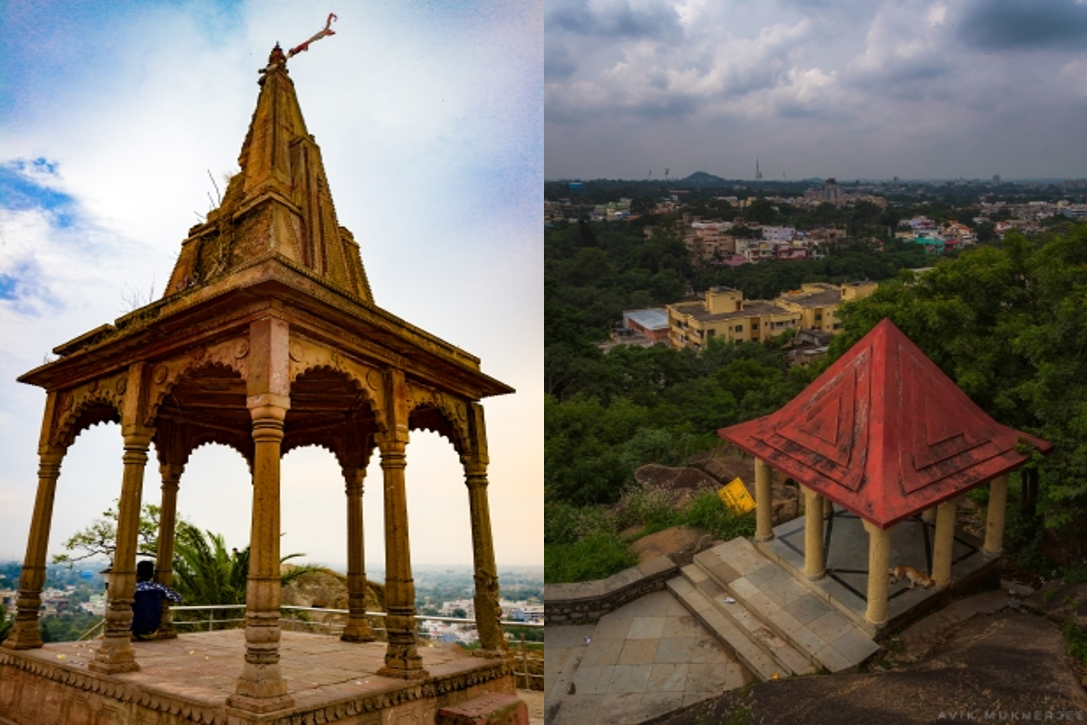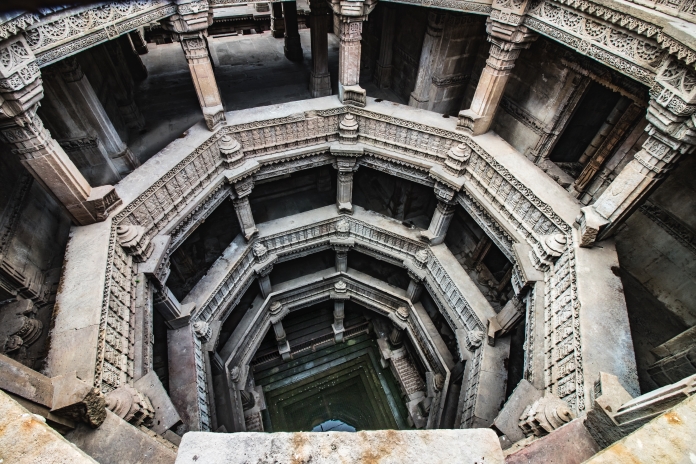Location: Jamshedpur, Jharkhand
Area: 195 sq km.
Elevation: 3,000 ft
Geography: Dalma Wildlife Sanctuary Jharkhand is abundantly rich in SPS and North dry mixed Deciduous forests. The park is surrounded by the hills of Dalma up to 915 ft.
About Dalma Wildlife Sanctuary:
Dalma Wildlife Sanctuary is renowned for its forest tourism, but locally it is known for its wild elephants. In the Jamshedpur region, the terms ‘Dalma Haathi’ or ‘Dalma’s Elephants’ are considered to be well known and represent a rather fearful backdrop. Dalma Wildlife Sanctuary was established in 1975 and inaugurated by Sanjay Gandhi.
The Dalma forest also harbors a diverse range of species including animals, birds, and vines. Overlooking the shimmering Subarnarekha River, Dalma hilltop Wildlife Sanctuary nestles like a descendent in the dense green forest. The ambiance of the forest and the opportune moment at which one can get a peek at the wild animals is what makes Dalma so unique among those who love to fly around jungles.
Dalma is also referred to as, “The Elephants’ Paradise.”
The wildlife area also includes paths for wildlife views. The reserve has also been installed in a small temple dedicated to Lord Shiva. During the Shivratri festival, devotees visit this glorious Shiv temple. You can walk along the steep slopes and rough terrain in the reserve. You can also arrange overnight accommodation. There’s a lush green setting in the wildlife sanctuary, with plenty of vegetation and large trees, shrubs, and bushes. Eco Huts have been designed for lovers of nature where they can look at nature in the wild.
Dalma Wildlife Sanctuary Timings:
Timings in Summer: 7 a.m. to 5 p.m.
Timings in winter: 7 am to 5 p.m.
Entry fee:
Tourist entry fee: INR 05/-
College children’s entry fee: INR 02/-
No fee for disabling peoples
Bus/truck entry fee: INR 350/-
Minibus/matador entry charge: INR 250/-
Car/jeep entry fee: INR 150/-
Phone charge: INR 80/-
Video charge: INR 500/-
Best Time to Visit:
The months of October to March are the best time to visit the Dalema Hilltop Sanctuary. The winter weather is good, with an average daytime temperature of 26 ° C. The night’s temperature cools down to 11 ° C with a temperature arrangement.
Do not visit the park in April to September if the daytime temperature rises to 38 ° C.
DALMA WILDLIFE SANCTUARY HOUSES A LARGE RANGE OF MAMMALS, 84 BIRD SPECIES, AND 300 PLANT SPECIES
.
FLORA:
Because the selective forest plundering by wood mafia over many years creates harsh conditions for animal inhabitants, the forest cover is denuded by up to 90%.
Trees: Mango, Guava, Limon, Mahwa, Jamun, Sheesham, Neem, Baabul, Bamboo.

FAUNA:
Wild Animals: Indian Elephant, There are also Indian giants in the sanctuary, sloth bear, barking deer, wild boar, porcine, mouse deer, pangolins, and mongooses, Giant Squirrel, Sloth Bear, Barking Deer, Wild Boar, Piggie, Mouse Deer, etc.
Birds:
In the sanctuary, the birds that were commonly seen are falcons, golden oriole, Indian treepie, paradise fly cattle, gray horns, Indian peafowl, various varieties of Kingfishers and herons, egrets, mynas, pigeons, Racket-tailed Drongo, Magpie Robins, Red Bulbul-whiskered, Red-vented Bulbul, Brahminy Myna, Common Myna, Asian Köl.
How to reach Dalma:
Jharkhand is located on the NH-33, at a distance of 33 km from Dalma Wildlife Sanctuary. The sanctuary does not have a direct connection. The sanctuary can be reached by renting a private car or taxi. The robust land to the Makulakocha Check Post sanctuary is perfect for SUVs.
By Air:
Birsa Munda Airport in Ranchi is the closest airport to Jamshedpur. Ranchi has good public transport connections to Jamshedpur. From the bus station Ranchi (5 km from Ranchi airport) you can take a bus to Jamshedpur. The Birsa Munda Airport is about 130 kilometers away from Dalma Wildlife Sanctuary, which via NH43 would take around 3 and a half hours.
By Train:
There are multiple trains running weekly between Delhi and Jamshedpur. The quickest train to carry you from Delhi to Jamshedpur in 17 hours is Bhubaneshwar Rajdhani. The Jamshedpur railway station is called Tatanagar. The distance between Taganagar junction and Dalma Wildlife Sanctuary is around 40 kilometers, which is about a 90-minute car journey away.
By Road:
A hired car, preferably an SUV for better security on upward forest paths, is the only way to get into the forest for the tourists. The road system at Jamshedpur is not too bad, and one can easily access Dalma Wildlife Sanctuary. Dalma often gets many visitors from Kolkata, they can take NH16 and NH18 which is around 312 kilometers.
Things to do:
1. Way of Nature – Only morning operational and Payment: INR 100
2. Join the Temple of Lord Shiva
3. Nichlabandh / Majlabandh
4. Makulakocha Center of Interpretation Museum
5. Hanuman Temple
6. Pindrabera FRH
7. Bamboo hut
8. Deer Enclosure
9. Elephant Rescue Center
Dalma Wildlife Sanctuary Safari:
Unfortunately, like most of the other Wildlife Parks, Dalma Wildlife Sanctuary does not provide a safari option.
Dalma Wildlife Sanctuary Jharkhand is an excellent place to visit with family and friends. It provides a nice getaway for those looking to have some time away from the bustling cities they are used to, and adore the unique species here at Dalma!








